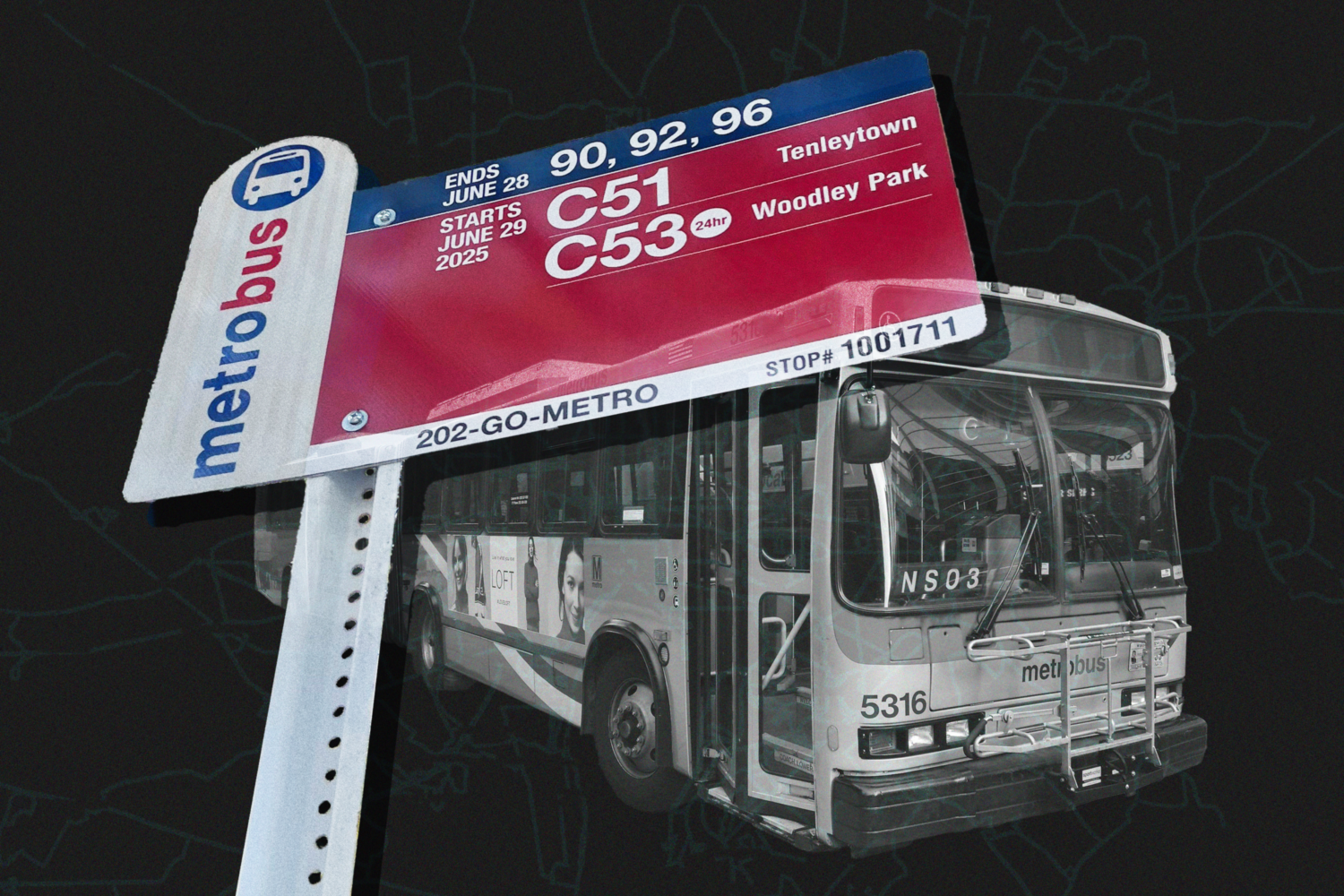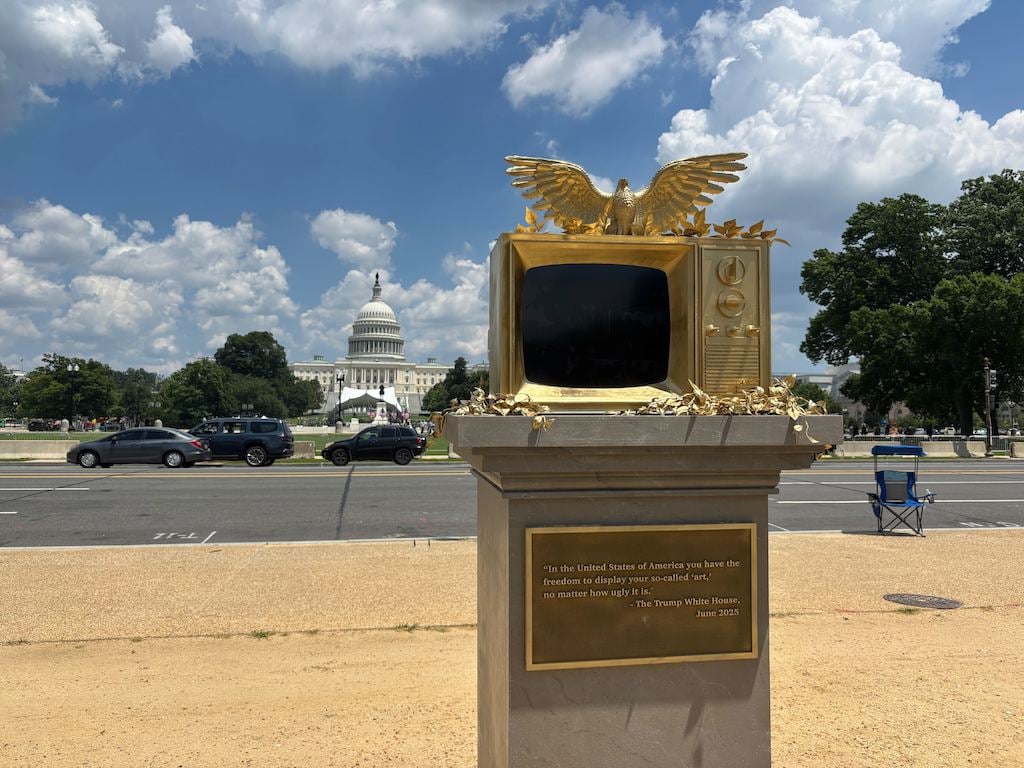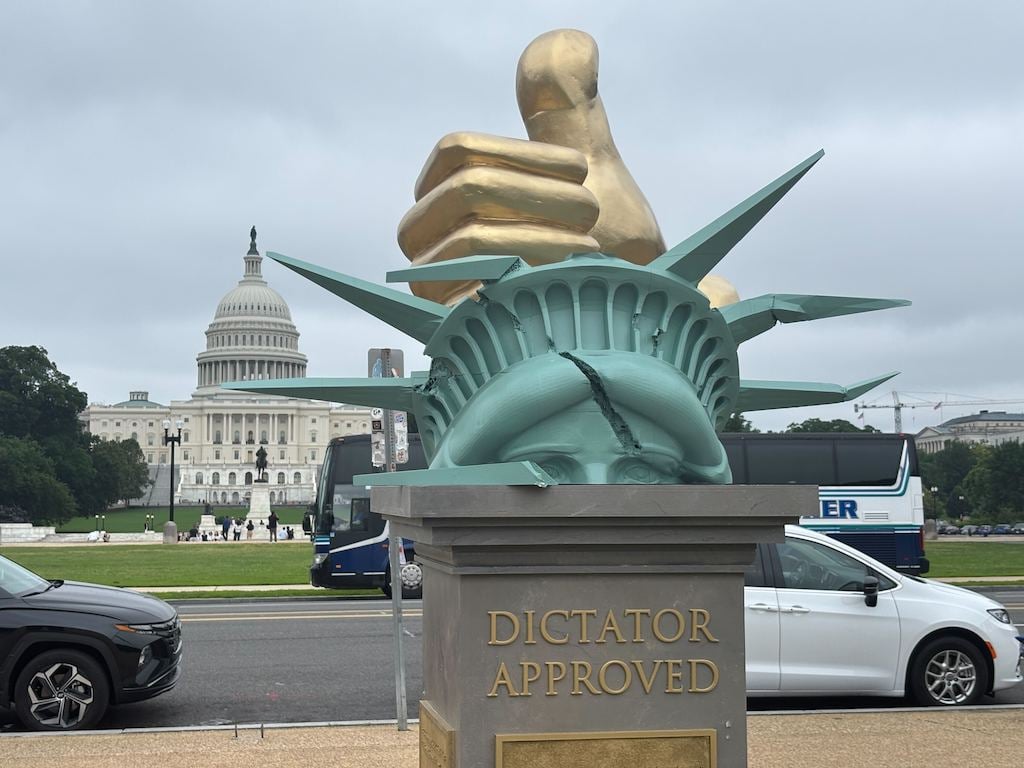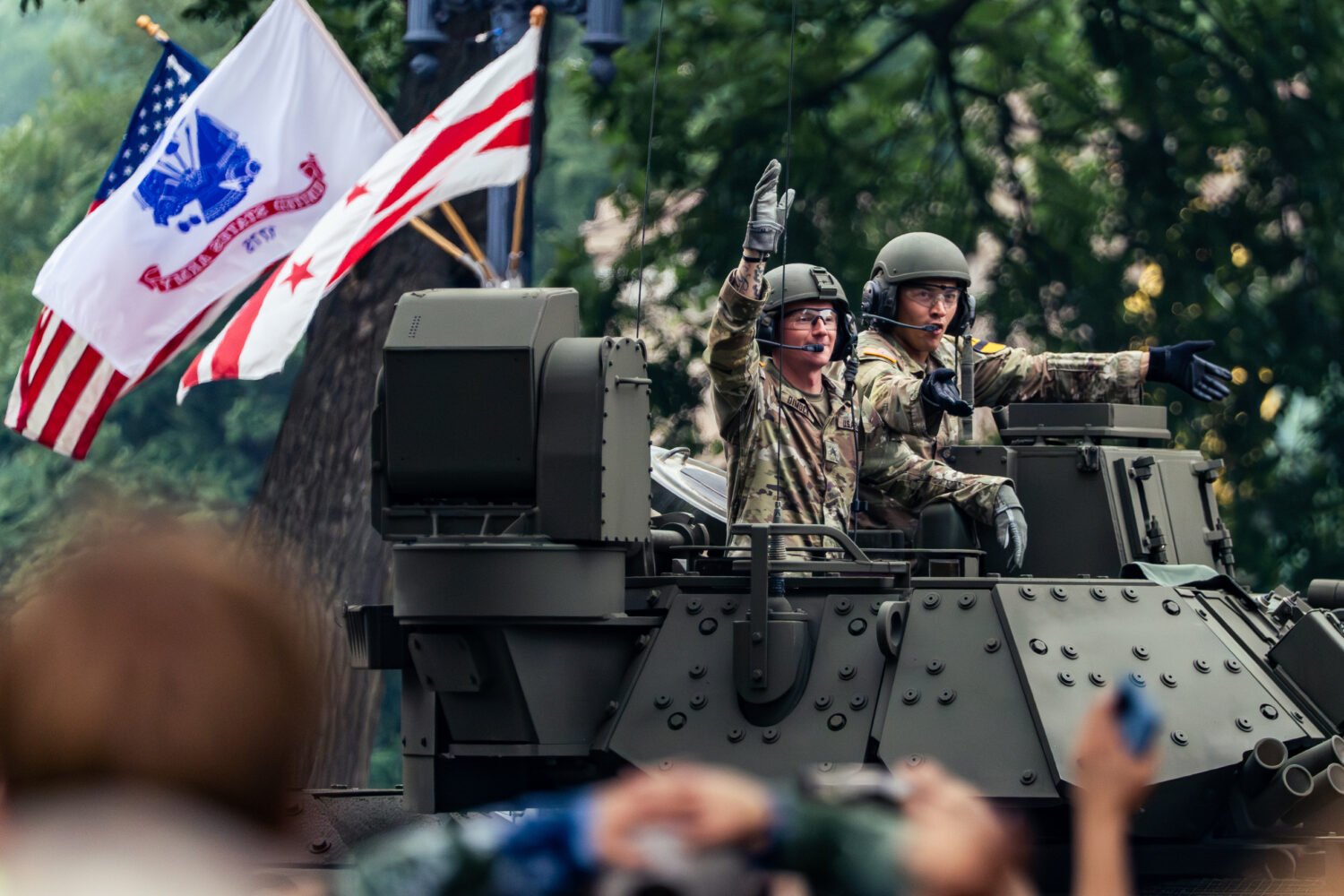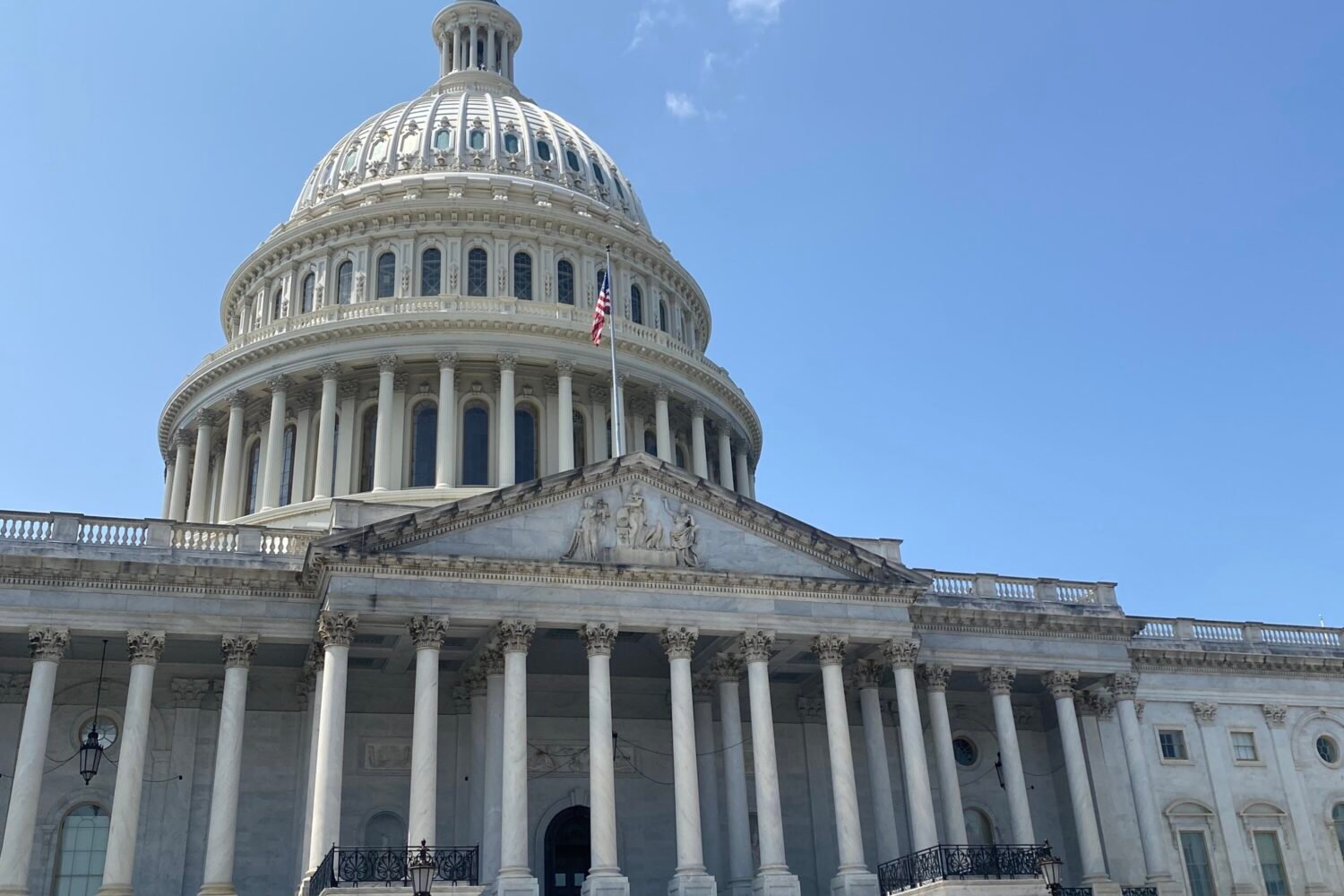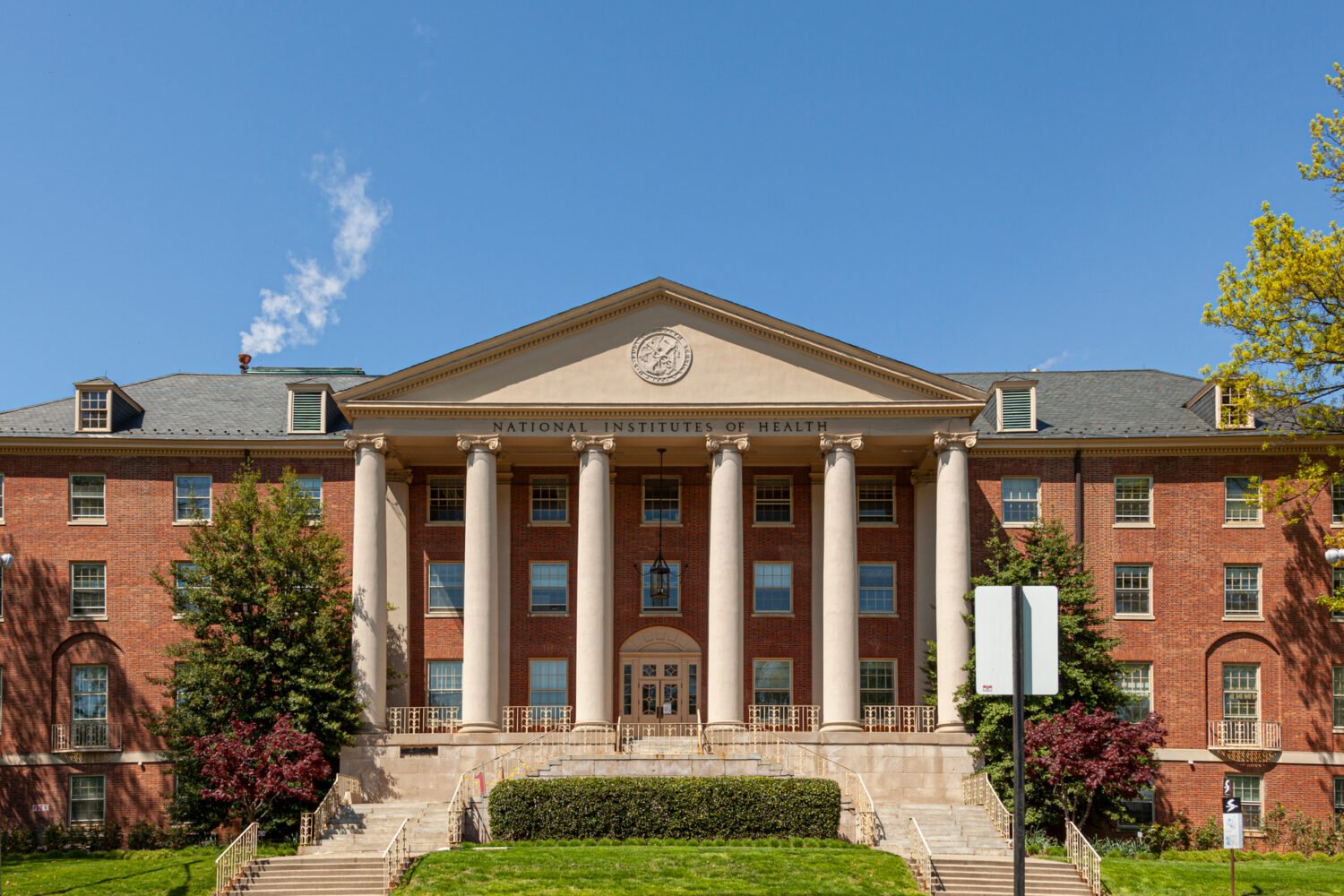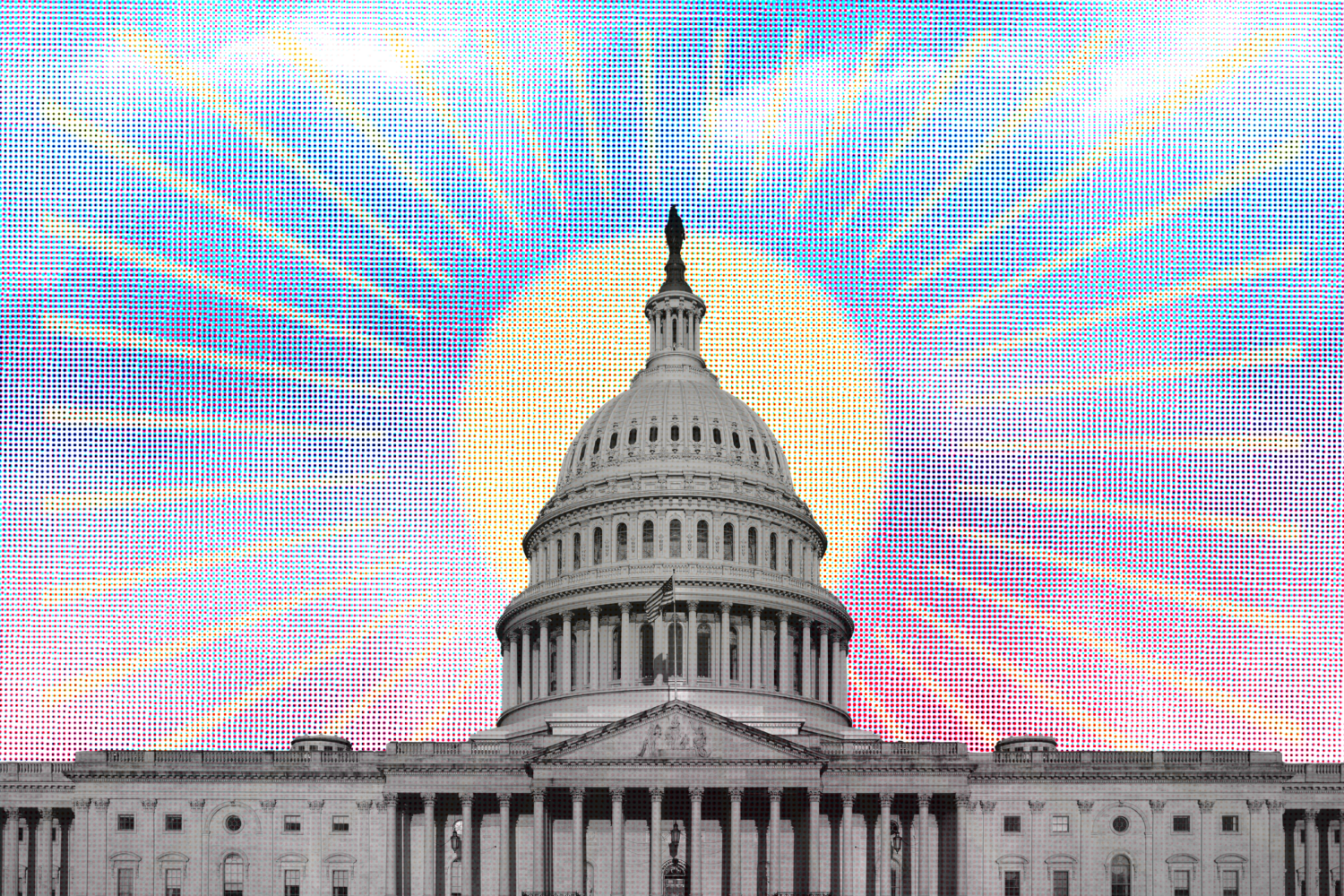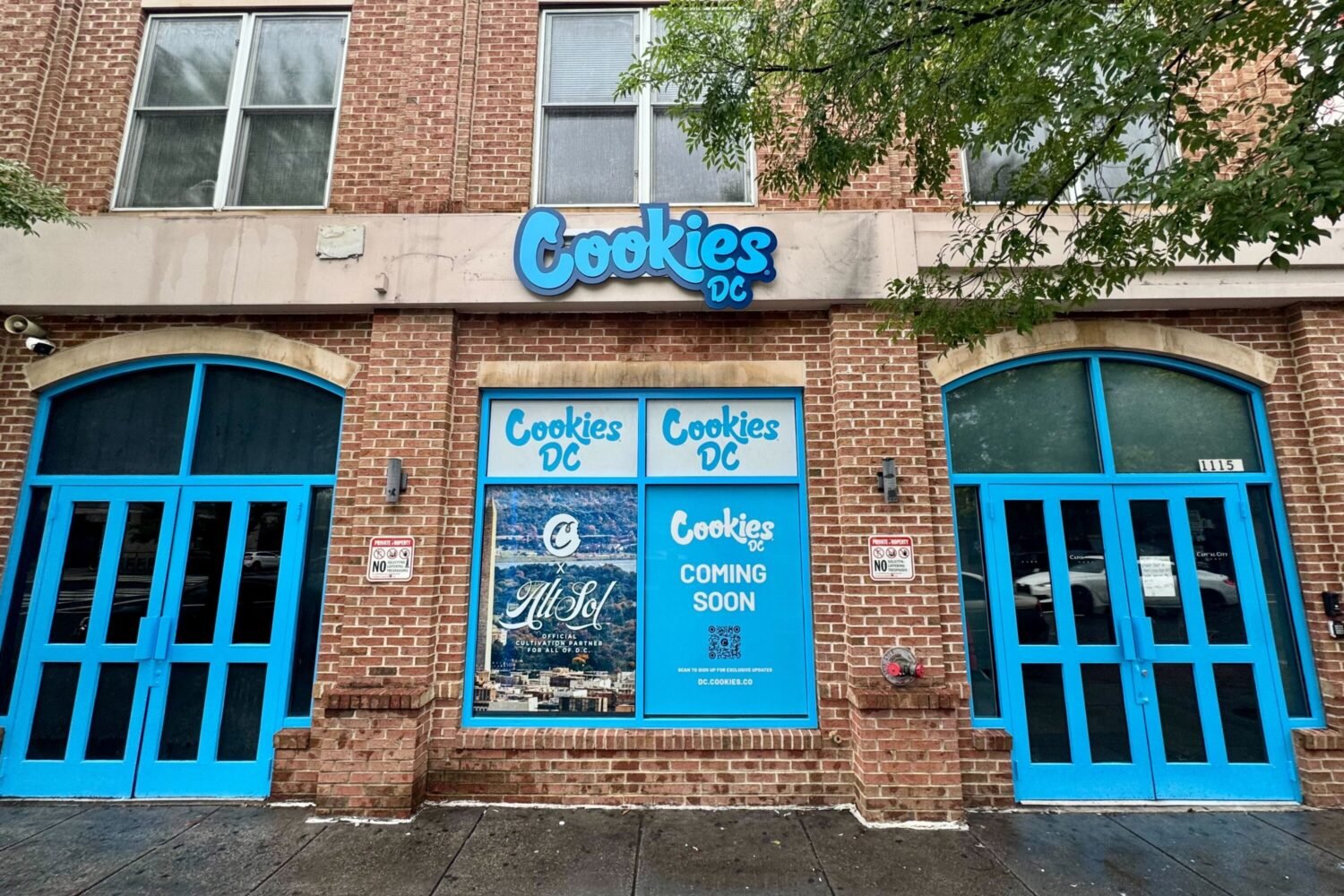The new Trump administration’s stormy rhetoric on immigration as well as highly publicized ICE arrests have provoked fear and confusion in DC’s immigrant communities. Enforcement has become more draconian—ICE can now make arrests at churches and schools, and the agency is making more so-called “collateral arrests.”
But Abel Nuñez, the executive director of CARECEN (Central American Resource Center) since 2013, warns against alarmism that can confuse and obfuscate the truth. His organization, founded to help the wave of Salvadoran arrivals to DC during the Salvadoran Civil War in the 1980s, provides citizenship help, “low bono” legal services for migrants, and housing rights assistance. It also advocates in favor of programs like TPS and DACA.
We asked Nuñez to help separate the administration’s anti-immigration talking points from the reality that immigrants in the DC area are now facing.
How has your work changed since Trump’s inauguration?
We’re focusing a lot more on educational services such as Know Your Rights, for individuals and institutions, to basically teach them what they need to do and what their rights are, if immigration were to show up. Actually, since the elections in November, the number of people that want to become citizens has increased twofold. We not only help them with the applications, but we also have an educational program that prepares them for the exam and interview. So that program has sort of been saturated.
Are there particular communities in DC that have become more vulnerable?
The recent comers, which includes a lot of Venezuelans. The reason that they’re more vulnerable is that they just changed the rules. Expedited removal applies for those that have an Order of Deportation but, now, also anyone that has been in the country for less than two years. So that is primarily Venezuelans, or a large number. Because once their TPS runs out, which is going to run out pretty soon, then they’ll be unprotected.
The problem is that these are not people that have come here for economic reasons. For a lot of the new populations, they’ve been displaced because the conditions in the country of origin are so bad. So going back to Venezuela is not an option. For the Nicaraguans, going back is not an option. There’s a lot of totalitarian regimes now in the region that if they go back, they could be susceptible to being jailed or killed, depending on who they are. So for a lot of Venezuelans, they’re vulnerable because their deportation could mean death. I know it sounds drastic, but in the ’80s, that’s what happened to Salvadorans. A lot of Salvadorans were leaving the repressive regime and civil war. And a lot of people that got deported were killed on their return.
Since Trump took office, has ICE enforcement increased in DC? Has this, or the impression of this, caused fear and confusion?
The ability of ICE to arrest people has not significantly increased from the 20th of January. But there are things that the Trump administration has done, for example, they have authorized other agencies such as the ATF, the DEA, and even the IRS inspectors to assist ICE in the apprehension and application of immigration law.
I think that people think that ICE had been just kind of sitting around in their office, and that Biden was like, “stand down.” No, they were doing their work. But Trump tends to have more of a media presence around it. One difference in the enforcement has been that as ICE is going after people that have orders of deportation or other criminal charges, they’re also arresting everybody around that they find. That’s called collateral arrest. If they knock on an apartment and they’re looking for a specific person, but there are five other people there along with that person, and all of them are here without permission and they figure that out, then all of them get arrested and put in deportation proceedings. That wasn’t the case before.
But for right now, for example, there haven’t been any raids as we think of raids. They’re not going to a workplace to stop every worker and ascertain their legal status. They’re not even standing on any corner like doing road checks. What has happened is collateral arrest. They’re looking for one individual on, say, a construction site. They are allowed in, they capture that guy, and then they’ll capture anybody else that’s just around them.
Is ICE making arrests in any settings where they weren’t before?
In the past, ICE did not do anything around schools, churches, or health centers. And now with this new memo [authorizing arrests at those sensitive locations], there have been, I think, a couple of instances where they have gone to churches. There was an incident here in Greenbelt—it turned out that it was an ATF operation for some gun stuff and nothing to do with immigration—but they were using the parking lot of a church for some kind of prep.
Law enforcement, they just don’t start their day and pick a church, they do a lot of prep work. What they have are arrest warrants, which are administrative and they don’t give you authority to go into anybody’s private location. But what the administration is doing, I think, is a lot of media stuff right now, making it seem that it’s bigger than it is, creating panic in the community, so that we’re off balance in terms of how we respond to it.
The reality is, I know it feels like ten years, but we’re three weeks in. Because of all the executive orders and this media blitz, it sort of seems like the sky has fallen. I think where we’re at is this: the government is increasing its capacity, but it’s marginal. When we look at past administrations, I think the maximum amount of people that they’ve deported in a single year has been around 400,000 [it was around 432,000, in 2013]. They’re not there yet with this administration. Let’s just assume they get to half a million this year. The current numbers of the undocumented community in this country is a range between 11 to up to like 14 million people. So even if they were to deport 500,000, that’s still a very small percentage of the overall number, right? And look at all the effort it’s taken, it’s taken them using DEA agents, ATF agents, IRS agents, so they’re not going to be able to keep it up. So I think a lot of it is for show, but it is creating an incredible amount of anxiety and stress in the community, because right now we don’t know what’s real.
We need to respond to the actual actions that the administration is doing and not the perception of what the actions can be, because I think we’re going to exhaust ourselves. I keep repeating this over and over again: if you think of this administration as the Super Bowl, we are three minutes into the first quarter. We have to play the entire game.
Some cities appear to be avoiding conflict with Trump by walking back their sanctuary city commitments. What can DC do to protect immigrants?
The only thing a sanctuary city does is that they will not assist law enforcement unless ordered by a court. Their local police are not going to coordinate with ICE because immigration is the realm of the federal government and they are going to worry only about public safety as it relates to their laws. That’s all it says. But it is clear right now that with Trump, there’s a new bully on the playground and everybody is really negotiating with the bully individually. “How much of my candy do I need to go to him so he’s not going to hit me?” Municipalities take different approaches. Some are just quieter, trying to lower the target on your back, but are continuing to do the same things. DC is very different because we’re a federal district, and so the administration has more authority here. They can deputize the police force. The Trump administration can create those conditions and say, I’m deputizing all of your police force [for immigration enforcement]. Now, has he said he’s going to do that? No, there hasn’t been a direct threat. But remember, the threats are not just coming from the administration, it’s the entire government, because now there is a bill to basically take away Home Rule.
How would mass deportations affect the DC area?
It’s not just the people that are directly impacted. They’re also threatening the institutions that assist individuals. They’ve frozen a lot of money from the federal government. Our USCIS grant was frozen. And in the DC area, we’re all connected. DC has a proportional high number of government employees. Well, if they get laid off, then the city is going to lose money in the form of tax revenue. So that equates to that they don’t have the money for programs to ensure that everyone is successfully integrated, whether you’re an immigrant or not. So this is going to hit everyone eventually. We are all interconnected. And for Trump to say, I’m just going to go after undocumented immigrants— well, they’re embedded as part of our everyday lives. What’s going to happen if you start deporting the nannies, the people that cut your grass, the people that work in the restaurants? Besides people leaving, which is a tragedy, and family separations, it also means economic productivity is going to go down.


